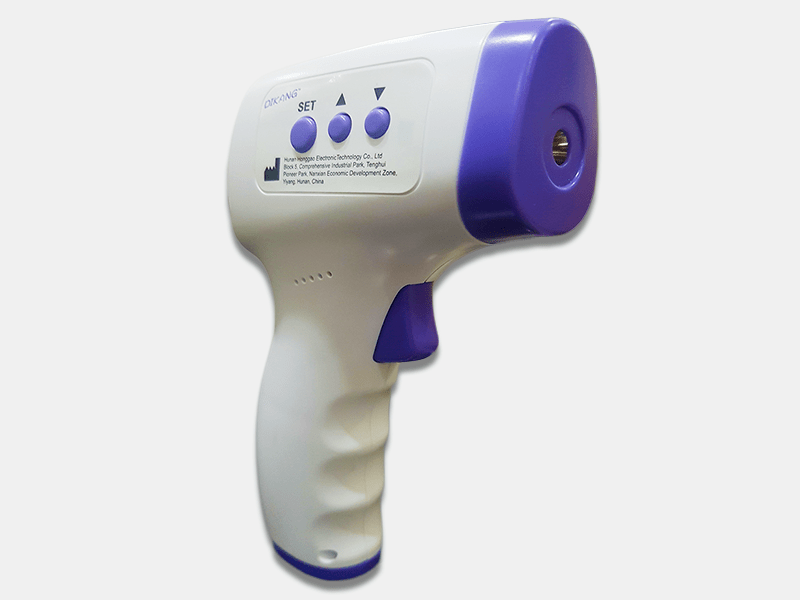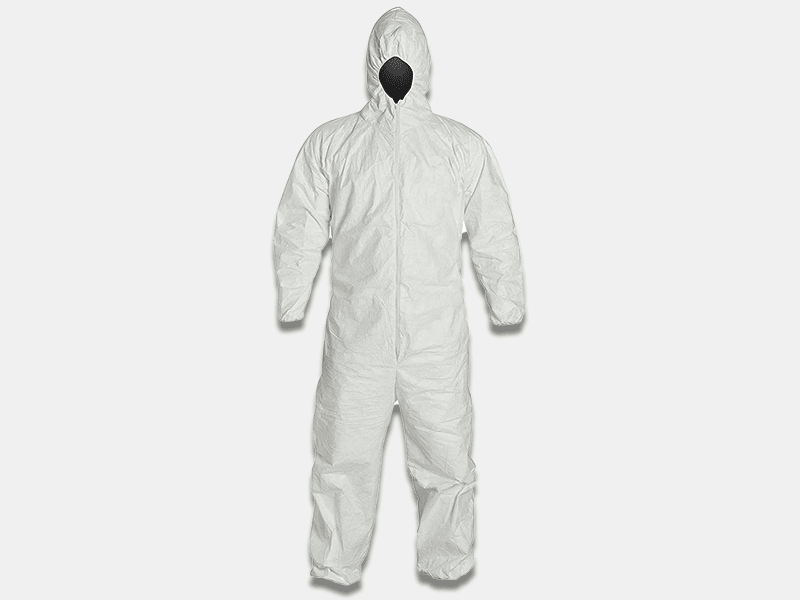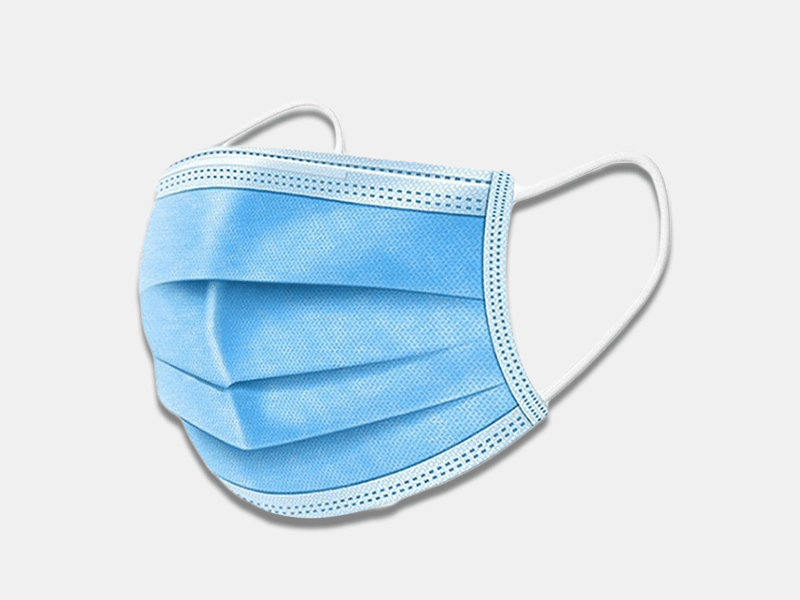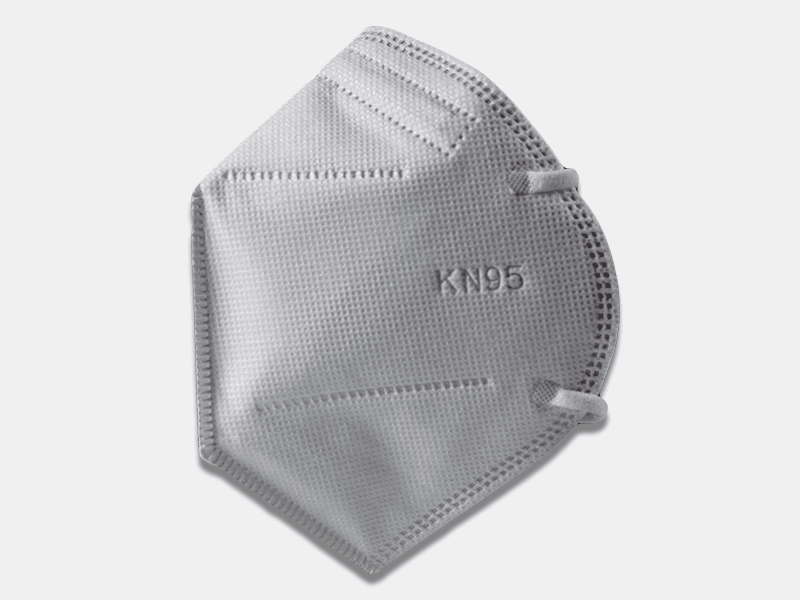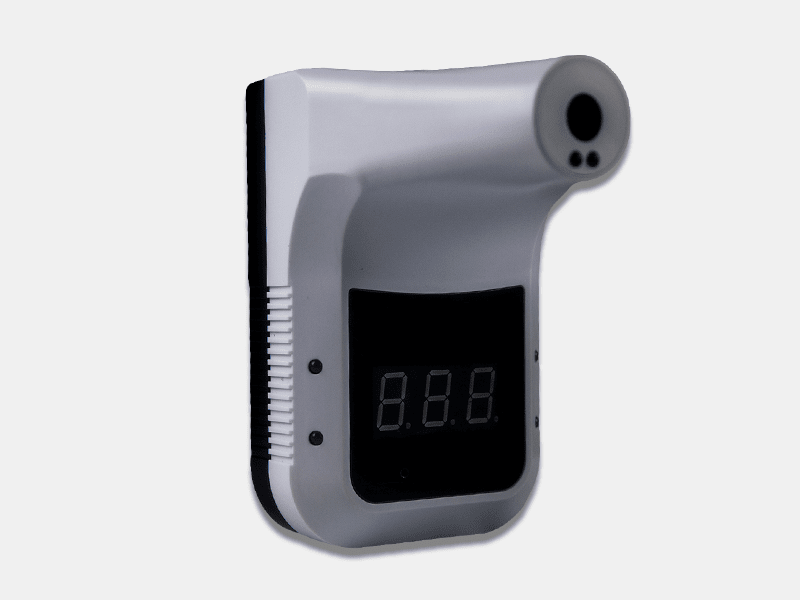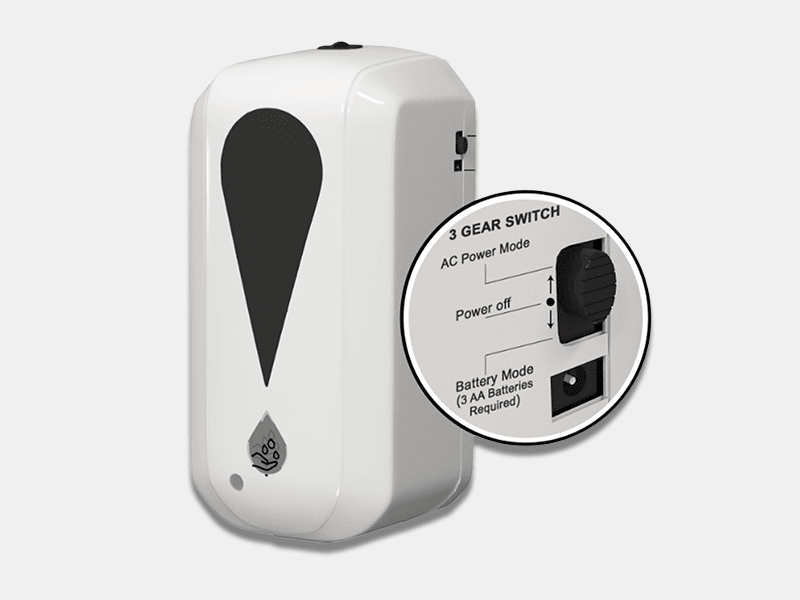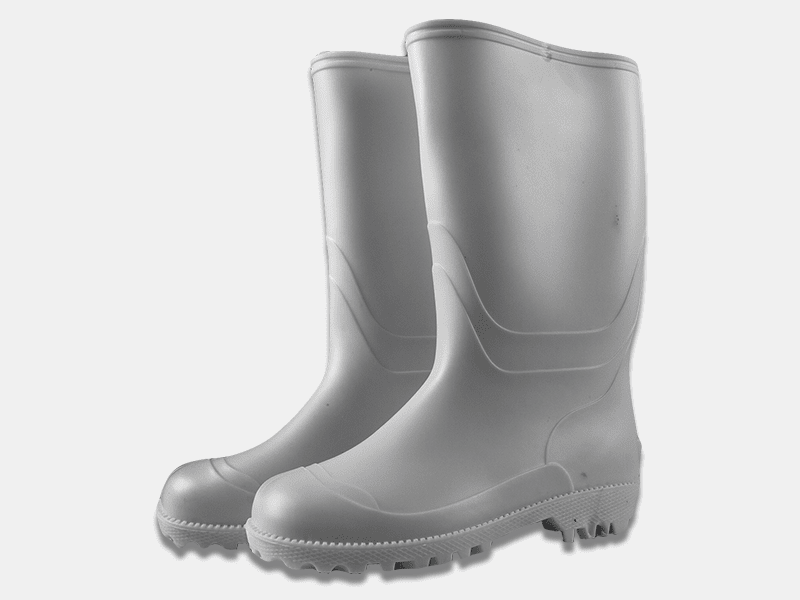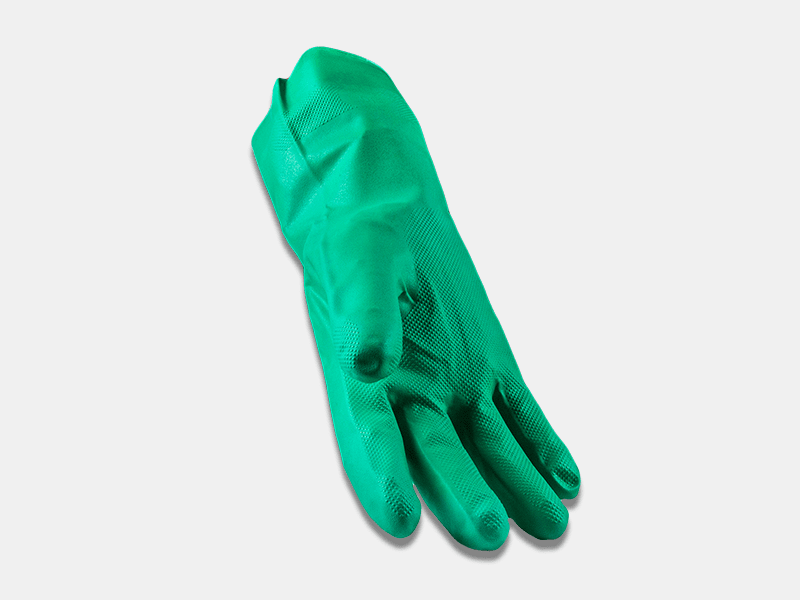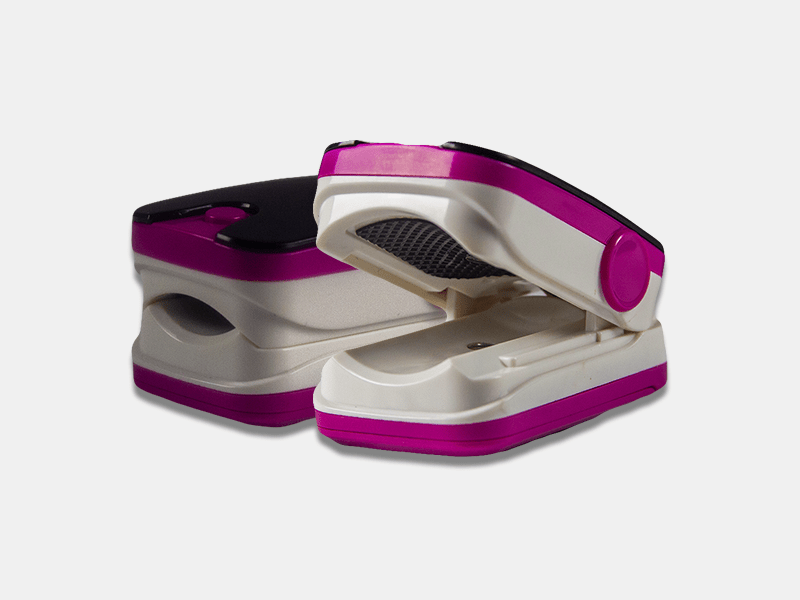

The pulse oximeter is a small, clip-like device that attaches to a body part, like toes or an earlobe. It’s most commonly put on a finger, and it’s often used in a critical care setting like emergency rooms or hospitals. Some doctors, such as pulmonologists, may use it in office.
Delivery Available across Uganda for Wholesale Orders.
Product information
- Simplified Design
- Light and Compact
- Easy and convenient to carry and operate
- Anti-movement algorithm
- Good performace during low perfusion
- Low power consumption
- Alarm function
How it works
Pulse oximetry is a noninvasive and painless test that measures your oxygen saturation level, or the oxygen levels in your blood. It can rapidly detect even small changes in how efficiently oxygen is being carried to the extremities furthest from the heart, including the legs and the arms.
During a pulse oximetry reading, a small clamp-like device is placed on a finger, earlobe, or toe. Small beams of light pass through the blood in the finger, measuring the amount of oxygen. It does this by measuring changes of light absorption in oxygenated or deoxygenated blood. This is a painless process.
The pulse oximeter will thus be able to tell you your oxygen saturation levels along with your heart rate.
Purpose and uses
The purpose of pulse oximetry is to check how well your heart is pumping oxygen through your body.
It may be used to monitor the health of individuals with any type of condition that can affect blood oxygen levels, especially while they’re in the hospital. These conditions include:
- Chronic obstructive pulmonary disease (COPD)
- Asthma
- Pneumonia
- Lung cancer
- Anemia
- Heart attack or heart failure
- Congenital heart defects
There are a number of different common use cases for pulse oximetry, including:
- To assess how well a new lung medication is working
- To evaluate whether someone needs help breathing
- To evaluate how helpful a ventilator is
- To monitor oxygen levels during or after surgical procedures that require
sedation
- To determine how effective supplemental oxygen therapy is, especially when treatment is new
- To assess someone’s ability to tolerate increased physical activity
- To evaluate whether someone momentarily stops breathing while sleeping — like in cases of sleep apnea — during a sleep study
Pulse oximetry readings
Pulse oximetry is typically a fairly accurate test. This is especially true when using high-quality equipment found in most medical offices or hospital settings. It consistently provides results within a 2-percent difference either way of what it truly is.
If your reading was 82 percent, for example, your true oxygen saturation level may be anywhere from 80 to 84 percent. However, the quality of the waveform and assessment of the individual must be considered. Factors such as movement, temperature, or nail polish can impact the accuracy.
Typically, more than 89 percent of your blood should be carrying oxygen. This is the oxygen saturation level needed to keep your cells — and your body — healthy. While having an oxygen saturation below this temporarily is not believed to cause damage, repeat or consistent instances of lowered oxygen saturation levels may be damaging.
An oxygen saturation level of 95 percent is considered normal for most healthy individuals. A level of 92 percent indicates potential hypoxemia, or deficiency in oxygen reaching tissues in the body.

